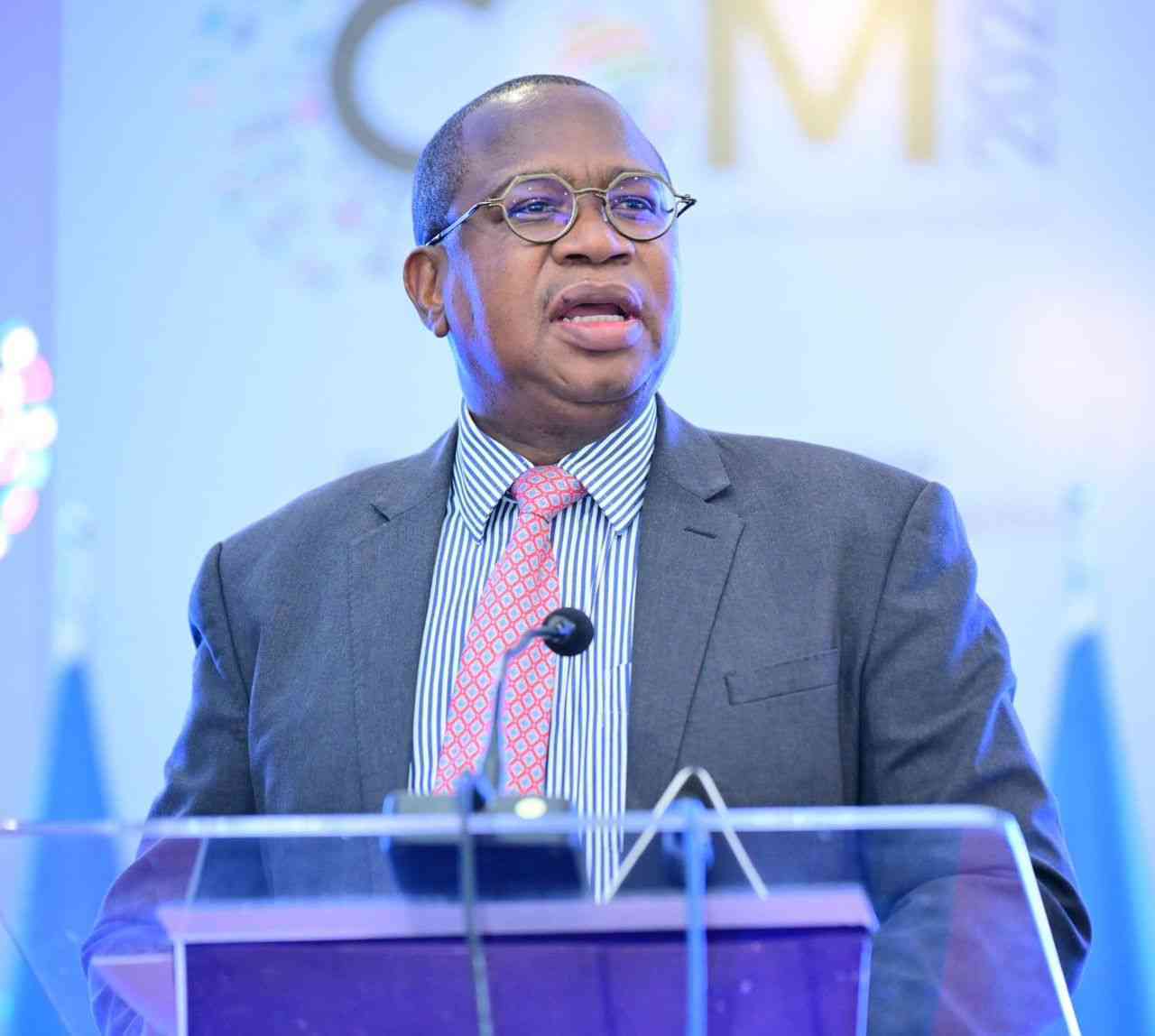
“All organisations start with WHY, but only the great ones keep their WHY clear year after year. Those who forget WHY they were founded show up to the race every day to outdo someone else instead of to outdo themselves.” Simon Sinek, Start with WHY
There is no universal reason for starting a transformation. Each organisation’s challenges and source of competitive advantage differs. What is most important is why it was deemed necessary to change for the better?
Given the uniqueness of each organisation, a copy-and-paste approach is rarely, if ever, successful. It is paramount to understand why an organisation sets out on this journey called Transformation. Simon Sinek’s book “Start with Why” is premised on how great leaders inspire action by communicating the “Why” of the organisation which is the purpose or raison d’etre (reason for being) and beliefs of the organisation. People buy into the vision because it inspires them. They do not buy into “what” you do but “why” you do it.
It is therefore imperative that leadership articulates the “why” to ensure everyone in the organisation from the cleaner to the directors understands the vision, buys into it and is ultimately inspired to action.
Last week we delved into transformation using the analogy of metamorphosis which produces a beautiful butterfly at the end of a four stage development process. Breaking the word down into META (change/alter) and MORPHE (shape/form) provides an apt description of transformation which is the evidence of visible change in the shape/form of an organisation.
Change always starts somewhere. It differs from organisation to organisation but “WHY” must be at its core. Change can be triggered by,
- A chosen strategy
- Disruption
- Regulatory changes
- New leadership
- Mergers and acquisitions
Strategy
Strategy is a set of integrated choices on “where to play” and “how to win”. It is often a trigger for change, identifying and determining that transformation is required. This could be an organisation which has set an ambitious strategic goal of 2X growth over five years or another targeting annual cost savings of 15%. Digging a little deeper it becomes evident there is a gap between the strategic intent (goals) and the operational plan for execution.
- Do you know what transformation is?
- Adapt or die: Drivers for transformation
- Of Zim’s untapped film tourism potential
- Transformation: Resistance is inevitable
Keep Reading
I have termed this gap the change blindspot. It is the point at which the leadership must recognise that to deliver on their strategic goals, significant change will be required. It is a realisation that today’s organisation with its current products, services, systems and people will be unable to deliver the target future organisation. Reaching this “aha!” moment is a watershed where capitulation can be detrimental.
Disruption
Disruption in one’s industry is another driver for change. With the advent of technology, the accelerated competitive advantage afforded to the new entrant poses a threat to established players in the industry.
Consider Blockbuster the video rental company which had 9 000 stores at its peak and was a well known and loved global brand which declared bankruptcy in 2010. Customers would go in store to rent videos for a period of time then return them. Late fees were charged for late returns and contributed 16% of revenue.
Enter Netflix in 1997, where customers could rent videos online which were then sent through the post. One could enjoy the same videos at home without going to the video rental shop anymore. It was certainly more convenient for the customer. Netflix extended this convenience and launched an online streaming service in 2007 improving access to DVDs and reducing cost through its subscription model. Blockbuster however maintained charging per video rental making it a more expensive and less attractive proposition which was uncompetitive.
Blockbuster filed for bankruptcy carrying a debt of $900 million after various attempts to restructure the business failed. Even the late fees were dropped which negatively impacted revenue upwards of $200 million. The competitive landscape rapidly changed for Blockbuster and although they saw this (judging by some of the changes they attempted eg dropping late penalty fees) they were unable to pivot and transform into an organisation that was future-proof in a time frame to remain relevant.
New leadership
New leadership in an organisation is perhaps one of the most underrated drivers of change but is known to make a significant impact. Making an impact is the top agenda item for a new CEO. It is a golden opportunity to vindicate supporters and silence naysayers. In the name of transformation, they are often tasked with one of the following three by the board:
To turnaround a failing organisation
Restructure and refresh the organisation
Position the organisation for revenue growth
All of the above require change driven by the CEO and their leadership team handpicked for their skills, knowledge and experience.
Regulatory changes
Regulatory change can be a driver for change particularly in heavily regulated industries such as telecoms and financial services. Changes will often take place internally, mainly in the non-customer facing back office. Delivering this may require establishing new capabilities, investment in technology for automation and recruitment of the right talent.
This was widely seen in the European Union when the General Data Protection Regulation (GDPR) was approved in 2016 with a focus on consumer data protection and privacy. To ensure compliance, the roles of Data Protection Officer (DPO) had to be established, supported by newly developed GDPR qualifications for the DPOs.
Cyber security teams were set up in larger organisations and there was significant investment in technology to automate processes and improve IT infrastructure eg network security, servers.
Mergers and acquisitions
Mergers and acquisitions by their very nature will drive change. The core tenets of transformation: people, process, products and technology are impacted.
As these transactions are primarily financially driven, defining the culture of the new entity(s) must precede the work as this will shape its values, behaviours and systems, thus influencing the new operating model which is expected to deliver shareholder value.
Change is triggered in various ways, from internal or external factors. It is imperative organisations understand “WHY” they have embarked on the transformation journey so there is buy-in from the shop floor to the board room to inspire action. It also ensures that the organisation adapts and takes on a posture of future-readiness.
- Nyaradzo Muguti is a strategy and transformation consultant, a Lean Six Sigma Black Belt practitioner who has successfully led and delivered transformation programmes across various industries and global blue-chip organisations. — 0783533938, [email protected], LinkedIn https://www.linkedin.com/in/nyari-muguti-24998017/











